DEVLOG #13
23 March, 2025
Ski Lodge Murder Dev-log #13: How to sustainably manage a team of 70+ developers across the globe?
INTRODUCTION:
As a small indie company, flexibility is key. We are unsure of the challenges we may face and the ability to adapt, modify and learn is one of our key strengths. In this blog post, I'll talk about how we workstyles, flexibility vs structure and the power of feedback!
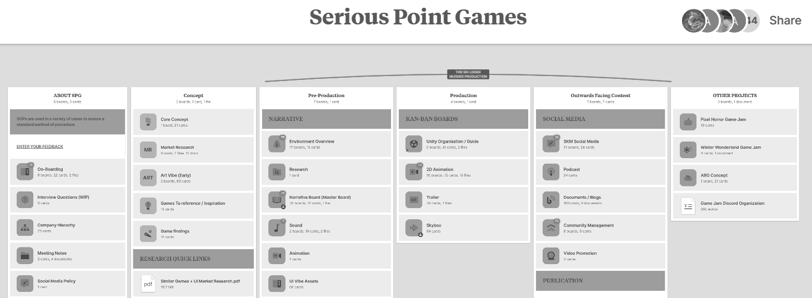

Central Living Documentation at SPG!
I set up a Kanban board with KPIs (key performance indicators) on Lark. Each person in the team has a set weekly goal. And unlike retail or other sectors that use KPIs - we don't obsess over them.
Person A: Has the structure of tasks, and an expectation.
Person B: Has the flexibility of choosing their own task, on their own time, while still aligning with the overall team objectives and contributing to key performance indicators.
And on-top of that, it doesn't affect the overall outcomes of production
If 15 modellers each have a KPI of 2 assets per week, over a week that results in 30 assets. Over a month 120, over a year 1440...
Introducing a range between 1 - 2.5 assets per week per member - over a year this would be between 720 assets and 1800 assets per year.
This range ensures that people have the flexibility and structure, while the project management team can adapt resource allocation and expectations to match current project demands and team capacity. The flexibility in the KPI range allows for personalisation of workload without compromising the overall production goals, ensuring that both individual needs and project objectives are met efficiently.
WORKSTYLES
As someone with experience in highly restricted game development spaces, I've often encountered the rigidity that fails to accommodate individual needs. Different people thrive under different work styles and procedures. When these needs are unmet, it can lead to dissatisfaction and internal bitterness.
Here's a case study...
Modeller A likes structures, they work on a typical routine and are reliable in producing work if provided with a reliable source of information
Modeller B likes flexibility, they work well and often come up with creative solutions when given the freedom to explore different approaches. They thrive on variety and adapt quickly to changes.
Have a think - how would you set deadlines for each member?
Well... here's how tackled this challenge:
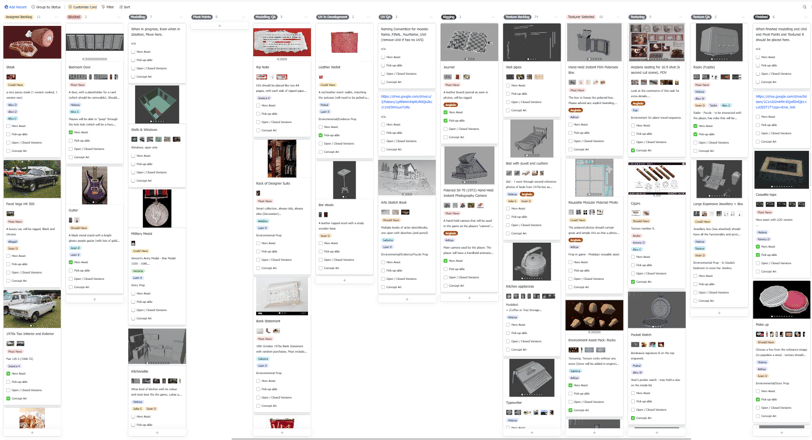

Lark 3D Asset Board
SOFTWARE PIPELINES
The previously mentioned flexibility can extend to software workflow pipelines too! Allowing your workforce to choose their tools when the outcome is the same is super important. Enforcing requirements when the outcome is the same can reduce individual morale.
Case Study Time!
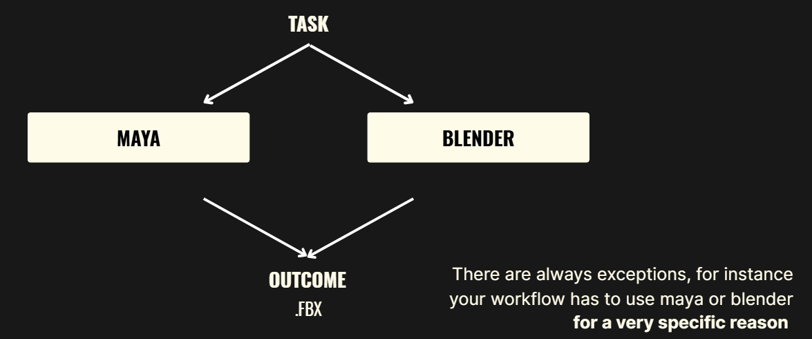

And similar cases can be made with 3D texturing - Substance Painter vs Photoshop vs 3D-coat vs Mari!
This hands-off approach boost in individual morale, as individuals aren't scrambling to learn new software, allows them to excel in their tasks using tools with which they are already comfortable. Further, this approach nurtures a sense of autonomy and respect, allowing team members to make decisions that best suit their skills and work styles.
Comparison Between Outcomes of Maya and Blender
ARE YOUR TASKS INFORMATIVE ENOUGH?
Tasks don’t need to be well informed, as long as the person receiving the task is aware that they have liberty, needs to research and feedback steps within the process.
However, if you are expecting a very specific outcome, your task should be descriptive and specific!
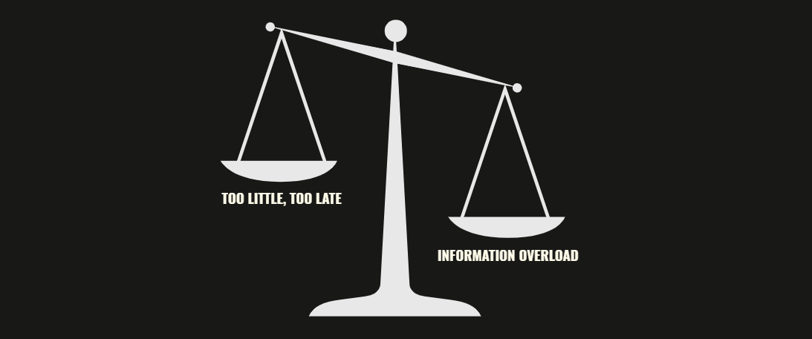

A Scale Balancing Too Little, Too Late and Information Overload
IS EVERYONE ON THE SAME PAGE?
One key aspect to ensure that any individual doesn't feel lost is to ensure that everyone has a mutual understanding of goals, objectives and where they fit into the large puzzle.
One way that we ensure this is through Living Documentation and Standard Operating Procedures (and of course communication.. duh)


LIVING DOCUMENTATION
Documentation? BOOOOORINGGGG...
And we would tend to agree! Traditional static documentation does not meet the highly agile and changing aspect of game development. This is where living documentation is a lifesaver.
Living documentation grows with your processes. It's a part of Agile software practices, but as SPG we have adjusted it to fit the Game Development Life Cycle (GDLC).
Living documentation can be implemented in various forms, such as automatically generated documentation from code (like API documentation) or wiki pages that team members can collaboratively update.
IS EVERYONE ON THE SAME PAGE?
We use Milanote for our living documentation as it can embed a bunch of other platforms such as Miro, Google Suite, Canva etc which meets the need for a flexible structure.
Strengths of Milanote:
-Can be largely expansive and handle a lot of information (we have over 30,000 cards!)
-Super collaborative
-Great Searching Ability
Weaknesses of Milanote:
-Can be slow
-Lacks Good Mobile Device Support
Just to be clear, not everyone actively uses the Milanote! But if anyone needs a piece of information from character and environment information to naming conventions, it's there waiting to be read!

STANDARD OPERATING PROCEDURES
Standard Operating Procedures (SOPs) are essential tools across various industries, such as aviation, where they provide structured, repeatable processes. At Serious Point Games, we utilize SOPs for critical tasks, such as exporting images, ensuring consistency and quality in our outputs. These guidelines not only streamline our workflows but also help maintain high standards, enhancing team efficiency and product reliability.
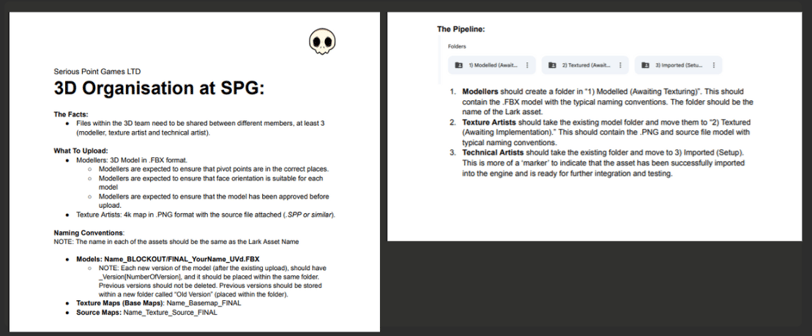

3D SOP for Exporting and Organisation
THE IMPORTANCE OF FEEDBACK
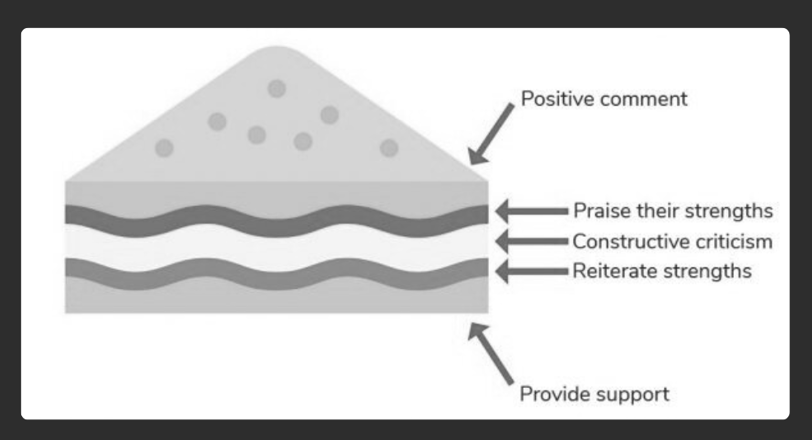

People thrive when they receive good feedback, they can feel better about their work. That's it - that's all I got!
Okay, that may be have been a white lie, here's how you provide "good" feedback.
Three ways:
Ask them how they feel about their work - what do they prefer, what do they feel they could improve on.
Feedback your constructive feedback between 2 layers of positive slices (see the feedback sandwich below)
Ensure it's actionable
How would you feel if you felt proud about a piece of work and then you where met with...
“Yeah - no this is nice! Not at all bad for you... You could maybe increase contrast! But good job..”
or
"This is actually a good piece of work for you".
I have personally received this type of feedback from "producers" before! It demoralises your feelings, isolates you and compares you.
AS THE MANIC TYPING SETTLES!
We hope you have gained a deeper understanding of how we manage a large team at SPG and our take on traditional management. As a closing remark - Adaptability is key!
One shoe doesn’t fit all! Our methods and strategies have developed as we have grown.
You will make mistakes, you will feel anxious, upset, angry and sad... it’s part of the process!
If you want to hear all about Serious Point Games, why not sign up for our mailing list? 1 email a month detailing everything SPG.




